by Ian Skellern
I appreciate the fact that you are very busy. What with trying to make time for family, work, looking at cute animal videos on YouTube, and checking out the latest news on the best watch blogs out there, I’m honored that you have managed to get this far without distraction.
Why, you may well ask, should you read any further when there is so much else out there capturing your attention?
Well, one reason is because the new Geophysic collection from Jaeger-LeCoultre offers nothing less than what is quite possibly the best value for money haute horlogerie wristwatches available today.
However, the Geophysic True Second and Geophysic Universal Time are not just great value watches, they are great watches. Period.
And please do scroll all the way down if you don’t want the background and technical details, but just lots of photos and the basics.
What the new Geophysic collection isn’t
But before we look at what the new Geophysic collection is, it’s worth mentioning what it isn’t. It isn’t a revamp, a reissue, an homage, or an update of the Geophysic 1958, which itself was an homage released in 2014.
While the new Geophysic line is inspired by the philosophy behind the original collection, the watches have a new look − though you can certainly see the family resemblance – including completely new movements with a high-tech balance and new functionality.
A brief history
Jaeger-LeCoultre launched the first Geophysic in 1958 as an instrument for scientists working in the International Geophysical Year. This was an international scientific project that ran from July 1, 1957, to December 31, 1958. It marked the end of a long period during the Cold War when scientific interchange between East and West had been seriously interrupted.
The original Geophysic was an instrument that would often be used in the most arduous conditions on the planet, from the icy cold of the poles to the sweltering heat and humidity of the jungle.
It was created as a classic, highly legible, and very accurate watch, with the movement coming from the best Jaeger-LeCoultre sports watch of the time.
The original Geophysic was a tool. A beautiful form-follows-function tool.
Geophysic in 2015
The new Geophysic collection launches with two models, each available in stainless steel or pink gold: the True Second model displays time and date, while the Universal Time watch is a worldtimer.
However, this being Jaeger-LeCoultre, you may not be surprised that both have a lot more under the hood than first impressions might indicate.
So please read on.
Caliber 770/772
The movement at the base of the new Geophysic collection is called Caliber 770 in True Seconds and Caliber 772 in the Universal Time.
The movement was developed from scratch to optimize the following features: precision, reliability, efficiency, a slim case, and automatic winding. And as it would be showcasing new technology through a display back − and this being Jaeger-LeCoultre − it also had to look good.
Two particular features of note in Caliber 770/772 are what Jaeger-LeCoultre calls true beat seconds, which are normally referred to as “dead” or “dead beat” seconds (because the hand is “dead” between the jump from one second to the next), and the unusual balance “wheel.”
Dead or True seconds
Back in the day, way, way back in the day, clocks only displayed hours and minutes because they were only accurate to the minute (if that). But as the technology improved and clocks became more accurate, clockmakers added seconds to the very best high-precision regulator clocks, which they used as references to set other clocks by.
And these high-precision regulator clocks usually had a one-meter pendulum. As everyone (now) knows, a one-meter pendulum takes one second to swing one way then another second to swing back. And as each swing releases the escapement, the second hand jumps in one-second intervals.
A second hand jumping each second was a sign of precision.
However, with the advent of quartz watches that had second hands stepping in one-second intervals, the smooth flowing second hand of mechanical movements became a desirable differentiator.
Dead beat seconds for the functionality
While a few modern brands including Arnold & Son, Angelus, Grönefeld, and Jaquet Droz introduced dead beat seconds basically in homage to their former roles as indicators of high precision, Jaeger-LeCoultre has equipped its new Geophysic line with dead beat seconds because as a timing instrument, it is much easier (and more accurate) to count the seconds when the hand advances one full second at a time rather than flowing continuously.
The dead beat seconds complication in the Geophysic movement comprises an additional gear train for the second hand. This consists of a star wheel on the escapement wheel axis that powers a spring that is released every second by a whip-like lever to advance the second hand by one second.
This dead second spring looks (and is) relatively large, but it moves a very small amount when in operation so it uses very little energy.
Now one thing to understand is that every interplay of gears in a watch movement has a little “play” between the teeth so that the gears do not jam: the more gears, the more play. If this gearing is driving a long central second hand, you would either see the tip of the hand moving around, or an additional (energy-sapping) spring has to be added to stop the hand from “shaking.”
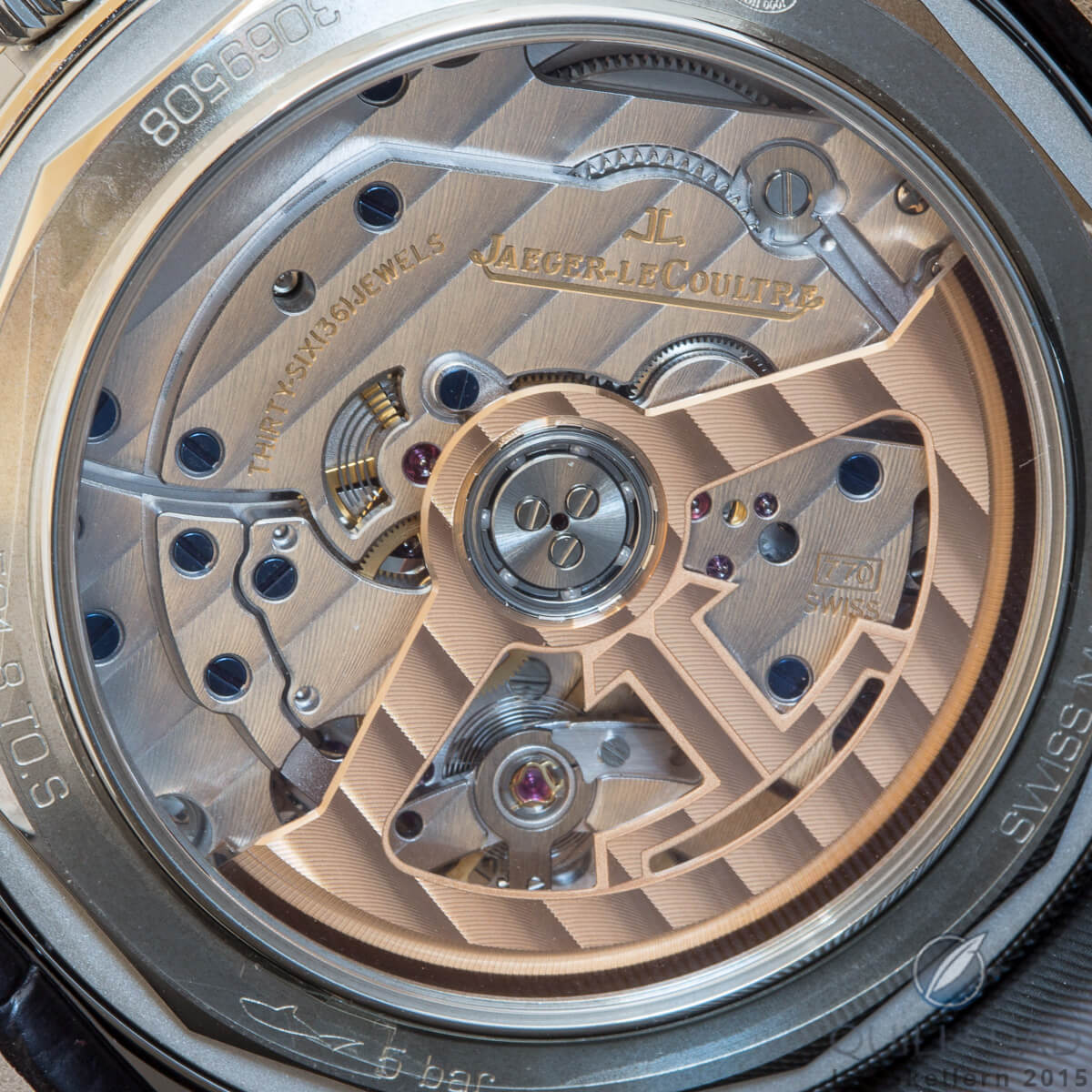
A close look at the beautifully finished Jaeger-LeCoultre Geophysic movement with the small dead seconds spring visible next to the center of the rotor
In the type of attention to detail Jaeger-LeCoultre is renowned for, the small spiral spring storing energy and releasing it each second is as close to the center of the movement as possible. Which means it is as close to the axis of the second hand as possible and so requires a very short gear train.
Result: a very stable and precise second hand.
Master Compressor Extreme Lab 1 + 8 years = Gyrolab balance
As stylish, high precision timing instruments, Geophysic models have to be accurate. And in a mechanical wristwatch, it is the isochronism (regularity) of the balance that sets the ultimate limit to just how precise the movement can be.
In 2007, Jaeger-LeCoultre introduced the Master Compressor Extreme Lab 1. This was not so much a production watch − in fact it was not at all a production watch − but rather a showcase for the very latest technology. A concept watch for some of the types of features and functionalities that might gradually find their way onto the world’s wrists in the same way that some of the technology from Formula 1 cars gradually trickles down to our everyday commute.
Gradually trickles down is a key point here as it can take a very long time to develop promising concepts into practical, manufacturable and affordable products. And it isn’t always possible.
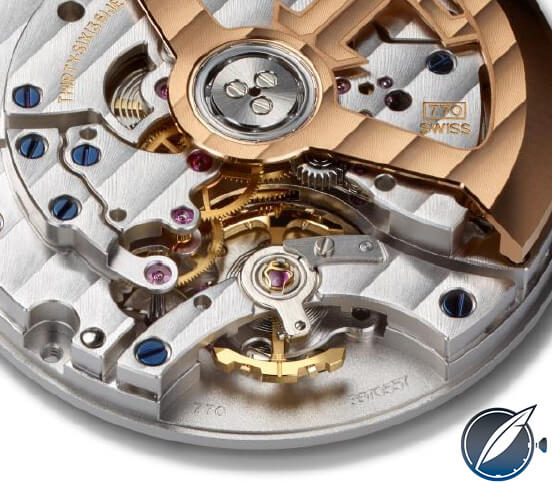
Jaeger-LeCoultre Geophysic movement detail with the Gyrolab balance visible at the bottom and the dead seconds spring to the left of the rotor hub
One of the many features of the Master Compressor Extreme Lab 1 was a lubrication-free escapement that enabled reliably and accurate operation in extreme temperatures (oils thicken and freeze).
It also had an unusual, new type of balance that looked like two arcs rather than a full wheel.
Now, after eight years of development, Caliber 770/772 in the Geophysic collection is the first to feature what Jaeger-LeCoultre calls the Gyrolab balance. And if you are curious to learn what eight years’ worth of balance development gets you, here it is:
Less air friction so oscillates more freely; requires less energy; inertia concentrated in extremity weights; no oil that degrades to reduce precision.
All and all, the Gyrolab balance offers a significant 15 percent improvement in performance over a conventional balance.
And the fact that the double anchor shape of the Gyrolab balance looks similar to the JLC logo is an added serendipitous bonus.
Geophysic True Second
At first glance the Geophysic True Second looks to be no more, and no less, than the type of well-designed, well-engineered classic wristwatch that we have come to know and love from Jaeger-LeCoultre. But closer inspection rewards over and over again as new details are discovered.
Let’s start with the case. The first thing we notice is the size: a very wearable sub-40 mm (just 39.6 mm), and I for one am pleased to see that the now decade-old trend of size-for-size’s-sake is slowly, but surely being reversed. And that diameter is actually a little deceptive as the bezel extends out slightly wider than the case band.
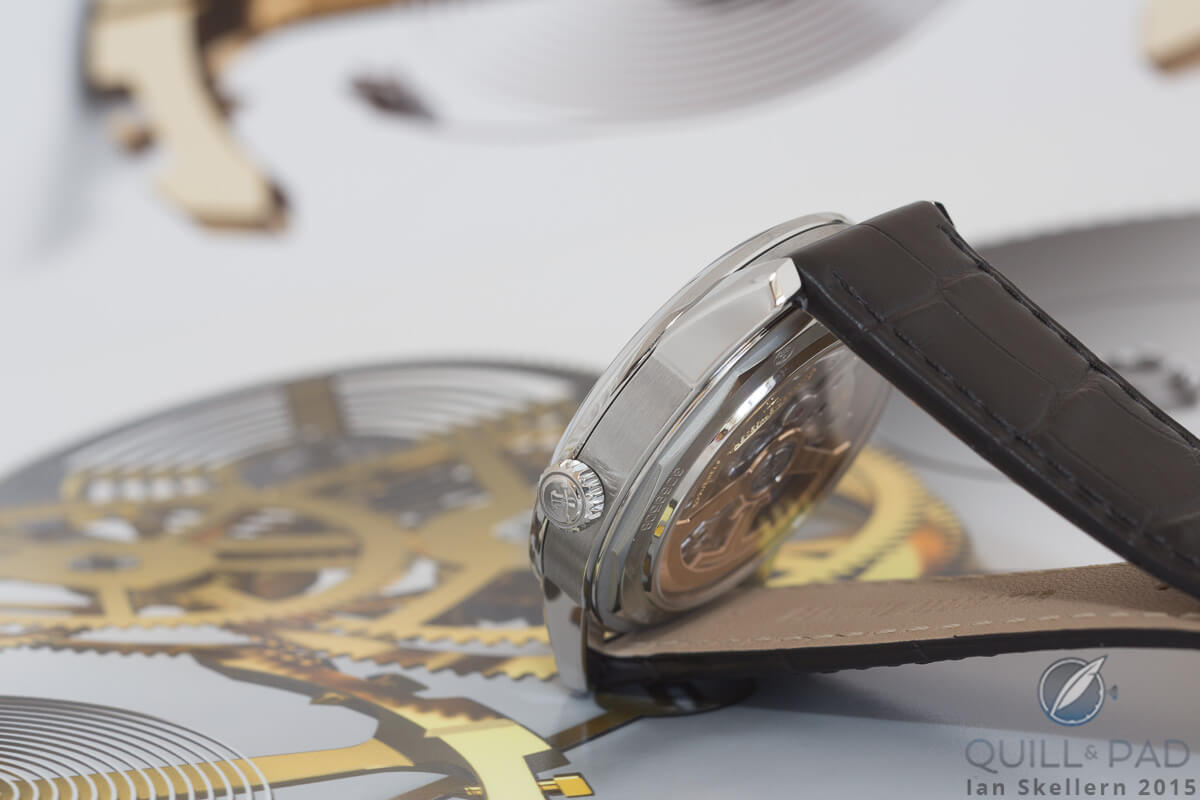
Side view of the case of the Jaeger-LeCoultre Geophysic True Second showing that the bezel is slightly wider than the case
Other points to note about the case include the high level of polish and finish (for both the steel and gold versions) as well as the solid-looking screw-in case back. And notice how that display back is slightly more prominent so that the gold rotor actually swings below the bottom of the case back. This adds both visual interest and from the side makes the case look even slimmer than its 12 mm height suggests.
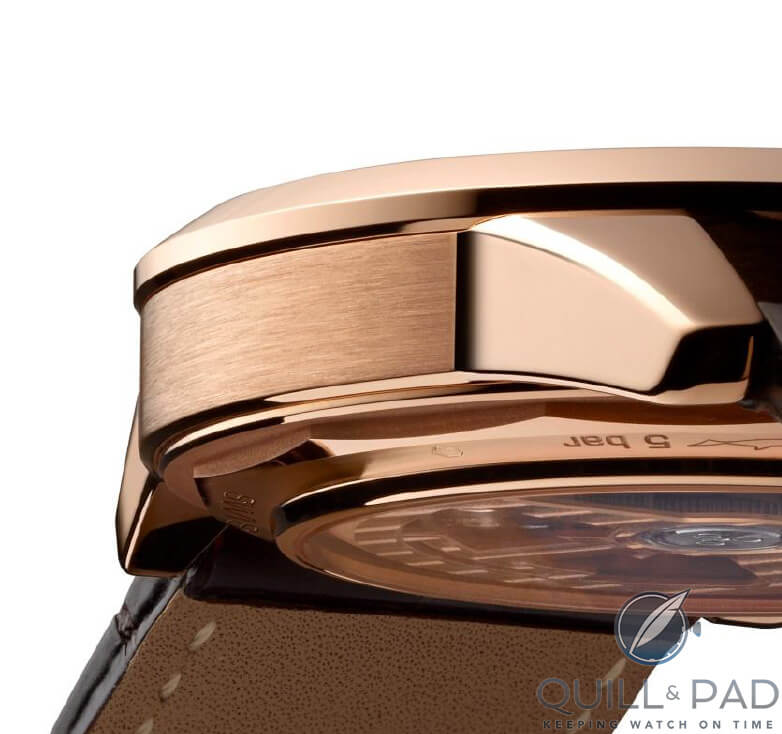
Case detail of the Jaeger-LeCoultre Geophysic highlighting the contrasting polished and matte surfaces and the slightly oversized bezel
But it’s the dial side that is sure to attract the most attention: classic and clean with an emphasis on legibility, even in poor light conditions.
Those applied while gold hour markers and Super-LumiNova-filled baton hands are polished and faceted so that they reflect any available light from any angle.
And to improve contrast with those polished hands, the dial is deliberately matte so light bounces much stronger from the hour markers than the dial.
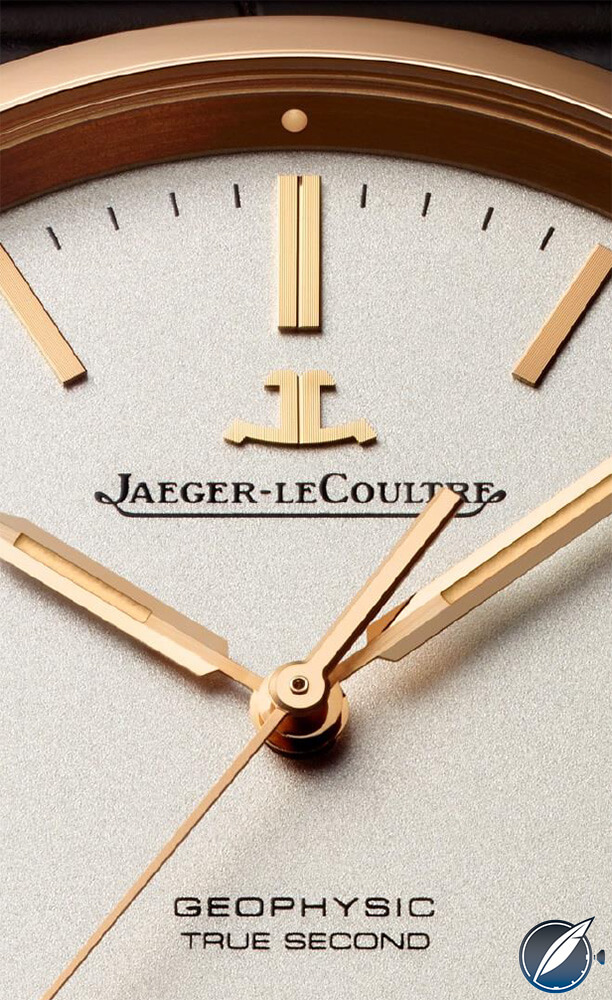
The dial of the Jaeger-LeCoultre Geophysic True Second is matte to contrast with the highly polished hands for maximum legibility
And in the kind of detail that few will notice (except for its increased legibility), those gold hour markers are not straight-cut on top but ever so slightly, in fact microscopically, wavy. Again, everything is incredibly well thought out and executed to catch available light from all angles.
And for when there is no light at all, Super-LumiNova in the hands reveals their positions and Super-LumiNova dots around the flange illuminate the hours and keep the dial refreshingly clean.
Summing up, the Geophysic True Second offers a manufacture movement with dead beat seconds, date, and a cutting-edge, lubrication-free escapement in an immaculately designed and executed haute horlogerie package.
And all this for under only $9,000 in stainless steel! That may still be a big number for most of us, but it’s still incredible value for money.
* But before you head down to your nearest Jaeger-LeCoultre retailer with cash in hand (and the Geophysics are being delivered as of now), there is one reason that you may think twice about buying a Geophysic True Second. And that’s the Geophysic Universal Time.
Geophysic Universal Time
The original Geophysic from 1958 was an instrument, a reliable, high-precision, high-legibility timekeeping instrument for international scientists. And while the True Second ticks nearly all of those requirements and more, one word not really covered is “international.” So including a worldtimer in the collection was an obvious choice.
The Universal Time shares the same basic movement and case as its slightly less complicated brother, but surprisingly, despite the added worldtime complication, the height is virtually identical: 11.84 mm versus 11.7 mm for the True Second. What has changed for the Universal Time is the case diameter, which has increased by just a little over 1.5 mm to a fraction under 42 mm.
Still a very wearable size for smaller wrists, especially when it is this flat.
The eye-catching blue planisphere of the world displays the continents quite clearly with radiating lines indicating time zones. GMT (running through Greenwich near London) and its counterpart 12 hours away is marked by a red dashed line.
The map of the earth does not move, which makes using the worldtimer easier than many others. In fact, ease of use is a major feature on the Universal Time, and men may be happy to know that referring to a user manual is unlikely to be required.
Twenty-four cities circle around the perimeter of the Universal Time dial, and these can be easily set using the crown, forwards or backwards.
Adjusting the worldtimer, which is independent of the hour, has no effect on the timing and precision of the watch. So you never have to worry about having to set the time again after adjusting the worldtimer.
Once the worldtimer is set, it doesn’t change. The time zones are always the same for each city, all that changes is which time zone the user is in or would like to reference.
Cities around the dial correspond to the continents (so these do not move either); all that rotates is the ring between the planisphere and the cities with the hours 1 to 24. You can see where night on earth is (6 am to 6 pm) by the dark blue half of the worldtime ring.
To make that distinctive plaisphere, the gold-colored dial is first stamped then the translucent blue added to the oceans. The continents are then brushed to give a more matte finish so that it provides higher contrast with the highly polished hands.
The fact that the blue of the oceans fades from the exterior toward the center gives the impression that the dial is curved, just like planet earth itself.
The Geophysic Universal Time is a stunning watch with really useful functionality for frequent travelers or those with far-off family, friends, or business. And at only $15,000 in steel, it is priced very competitively.
Now, I’m sure that was worth your time to read!
Quick Facts Geophysic True Second
Case: 39.6 x 11.7 mm, stainless steel or pink gold
Movement: automatic Caliber 770, 40-hour power reserve, 275 components, Gyrolab balance, 18-karat gold rotor
Functions: hours, minutes, dead beat seconds; date
Price: approximately $9,000 in stainless steel and $17,500 in pink gold
Quick Facts Geophysic Universal Time
Case: 41.6 x 11.84 mm, stainless steel or pink gold
Movement: automatic Caliber 772, 40-hour power reserve, 275 components, Gyrolab balance, 18-karat gold rotor
Functions: hours, minutes, dead beat seconds; worldtime
Price: approximately $15,000 in steel and $25,000 in pink gold
* This article was first published on September 30, 2015 at Stunning New Geophysic Collection From Jaeger-LeCoultre: True Second And Universal Time.
Trackbacks & Pingbacks
-
[…] You might also enjoy: 6 New Watches In Jaeger-LeCoultre 2018 Polaris Collection Including A New Memovox Model Why I Bought It: Jaeger-LeCoultre Tribute To Reverso 1931 Jaeger-LeCoultre: A Collector’s ‘Gateway Drug’ And Ongoing Pleasure Orbital Mechanics: Jaeger-LeCoultre Geophysic Tourbillon Universal Time With “Orbiting” Flying Tourbillon Why I Bought My Wife An Engraved Reverso Classique Stunning Geophysic Collection From Jaeger-LeCoultre: True Second And Universal Time […]
-
[…] Stunning Geophysic Collection From Jaeger-LeCoultre: True Second And Universal Time […]
-
[…] is similar to the standard Geophysic Universal Time (see Stunning Geophysic Collection From Jaeger-LeCoultre: True Second And Universal Time), however the actions of all these parts have […]
Leave a Reply
Want to join the discussion?Feel free to contribute!

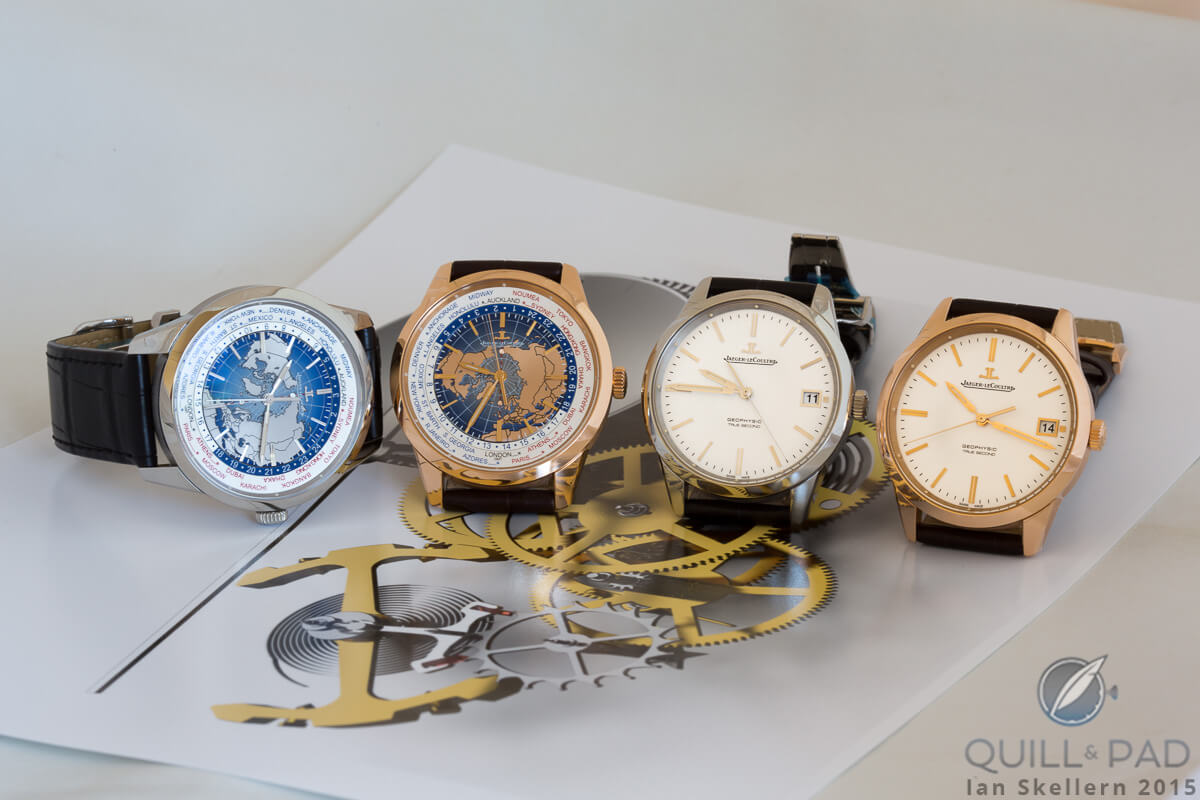
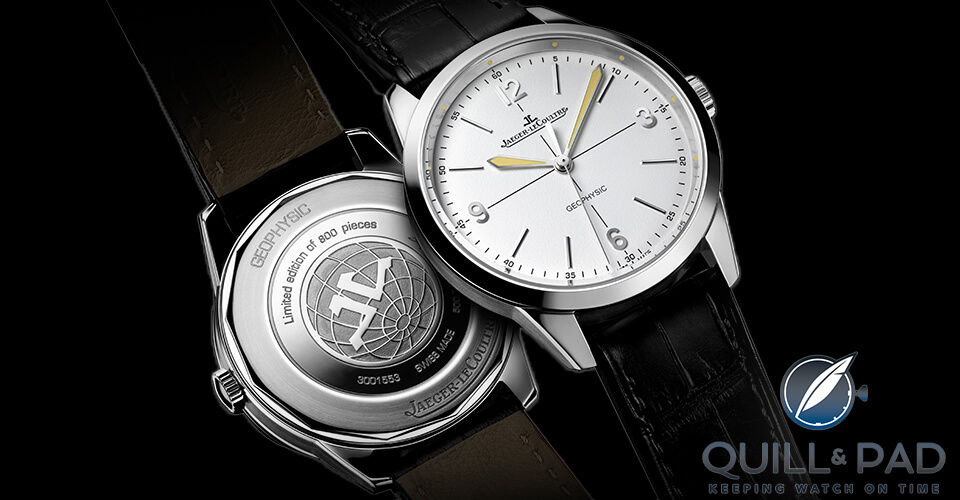
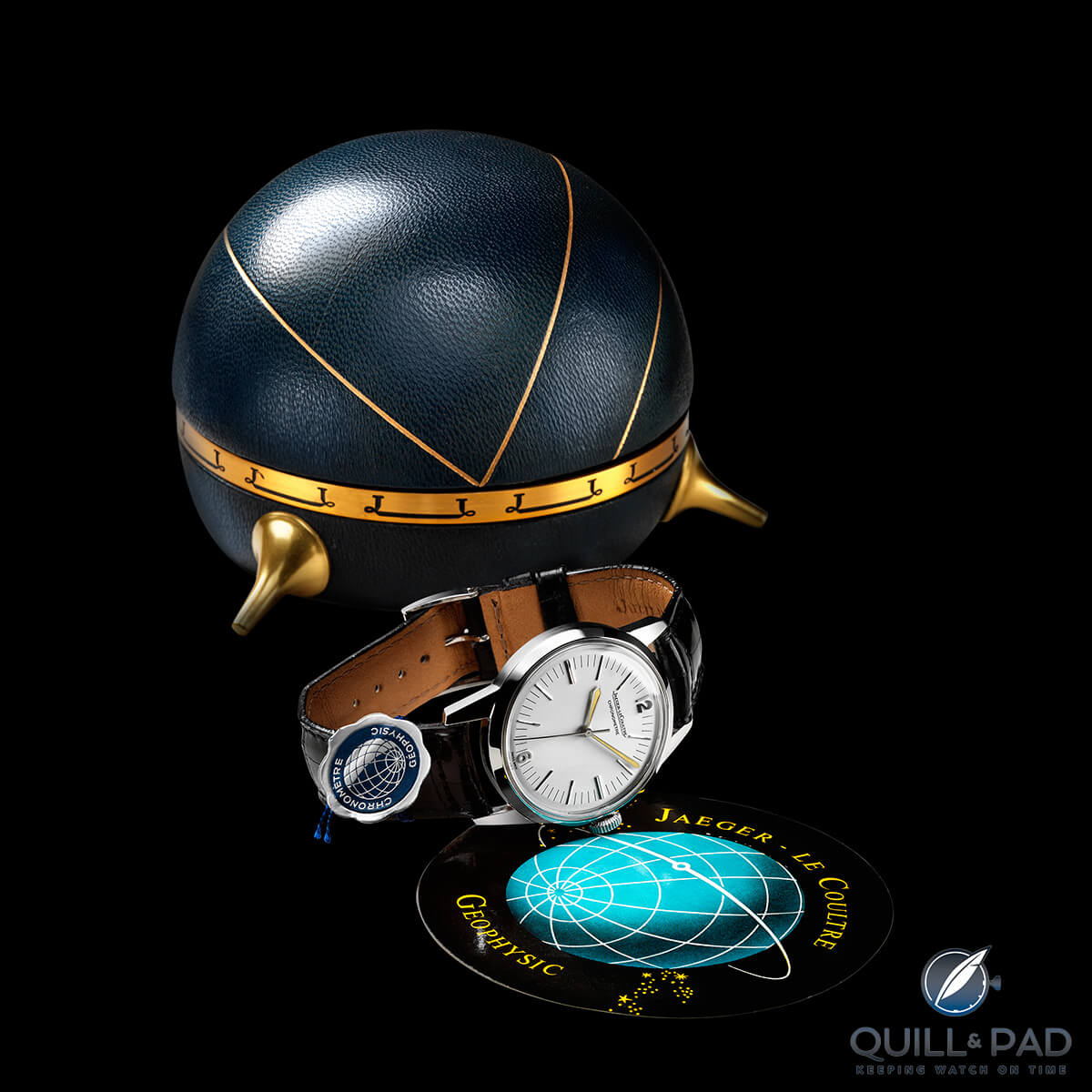
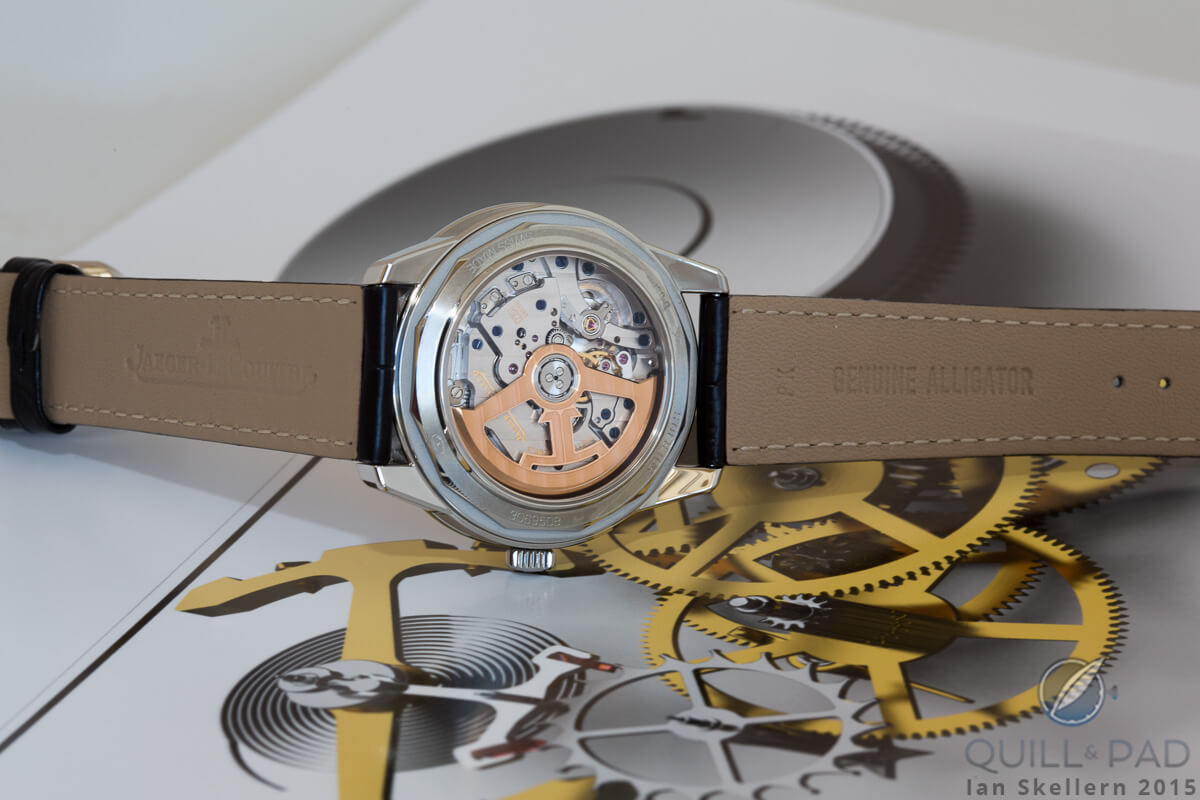

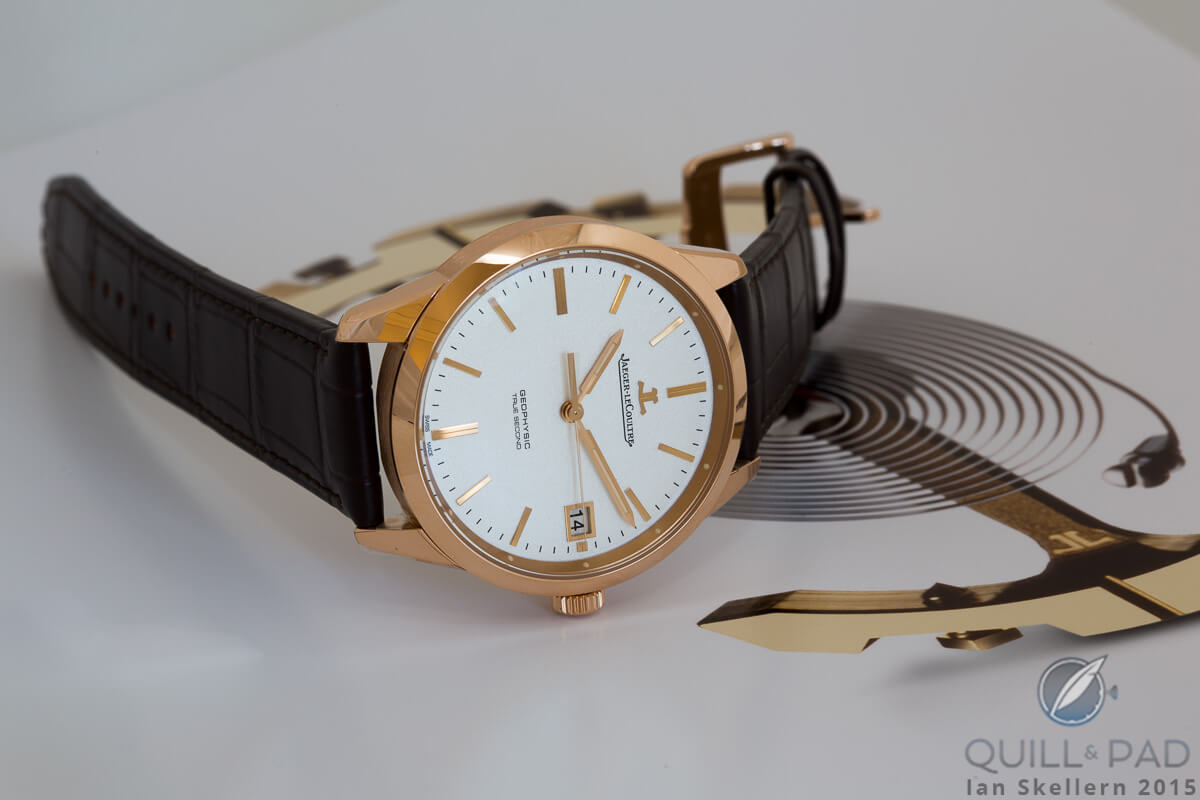
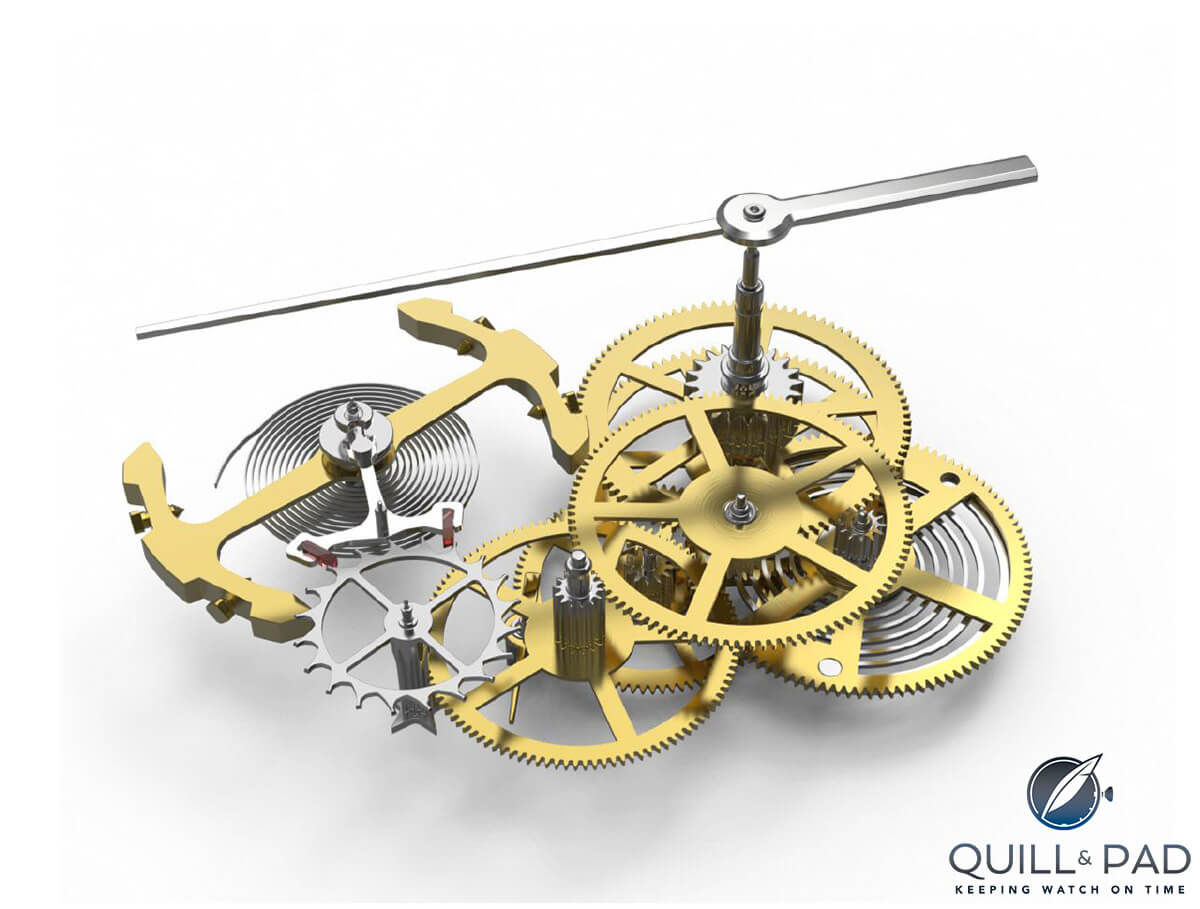

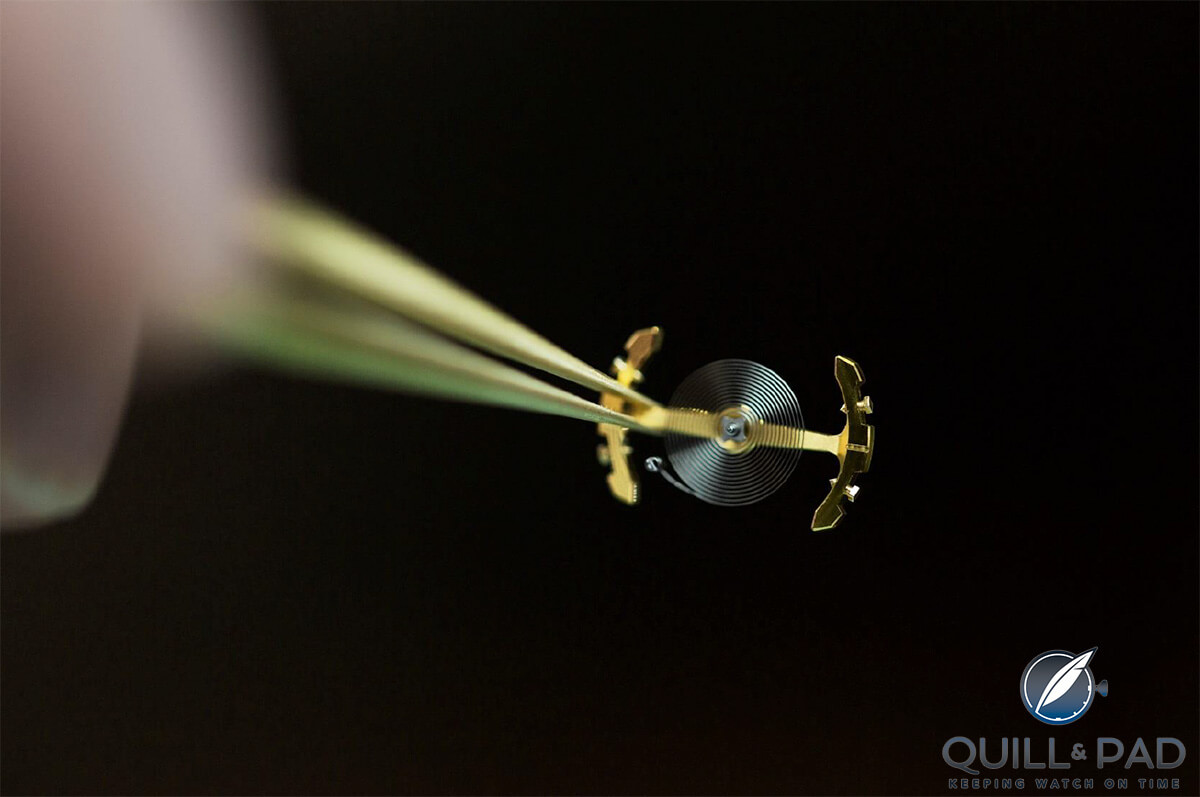
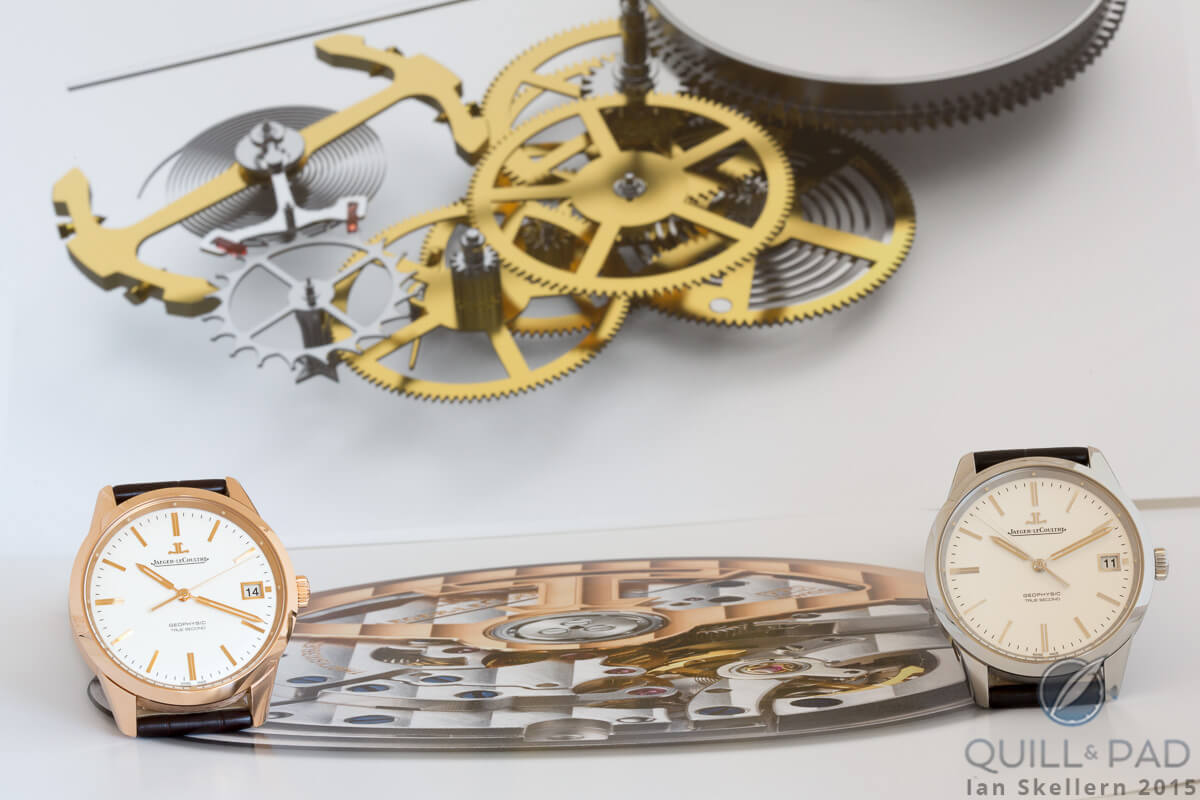
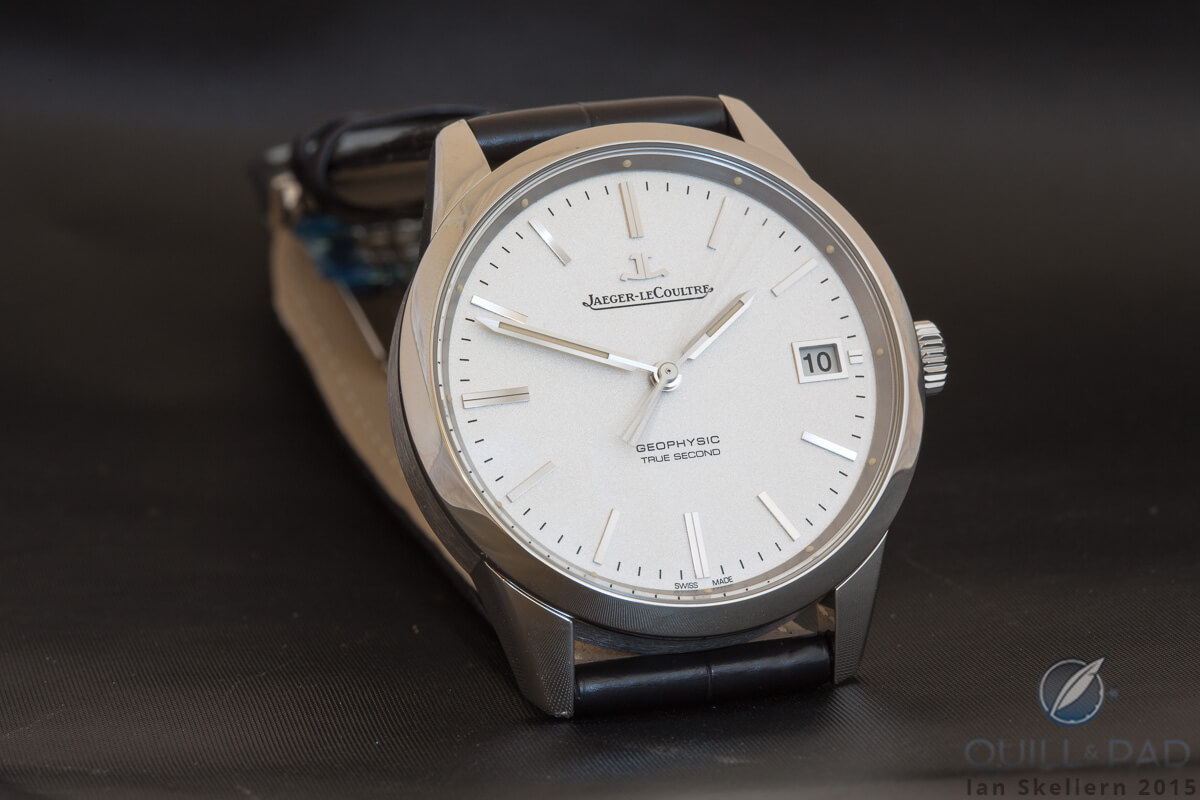
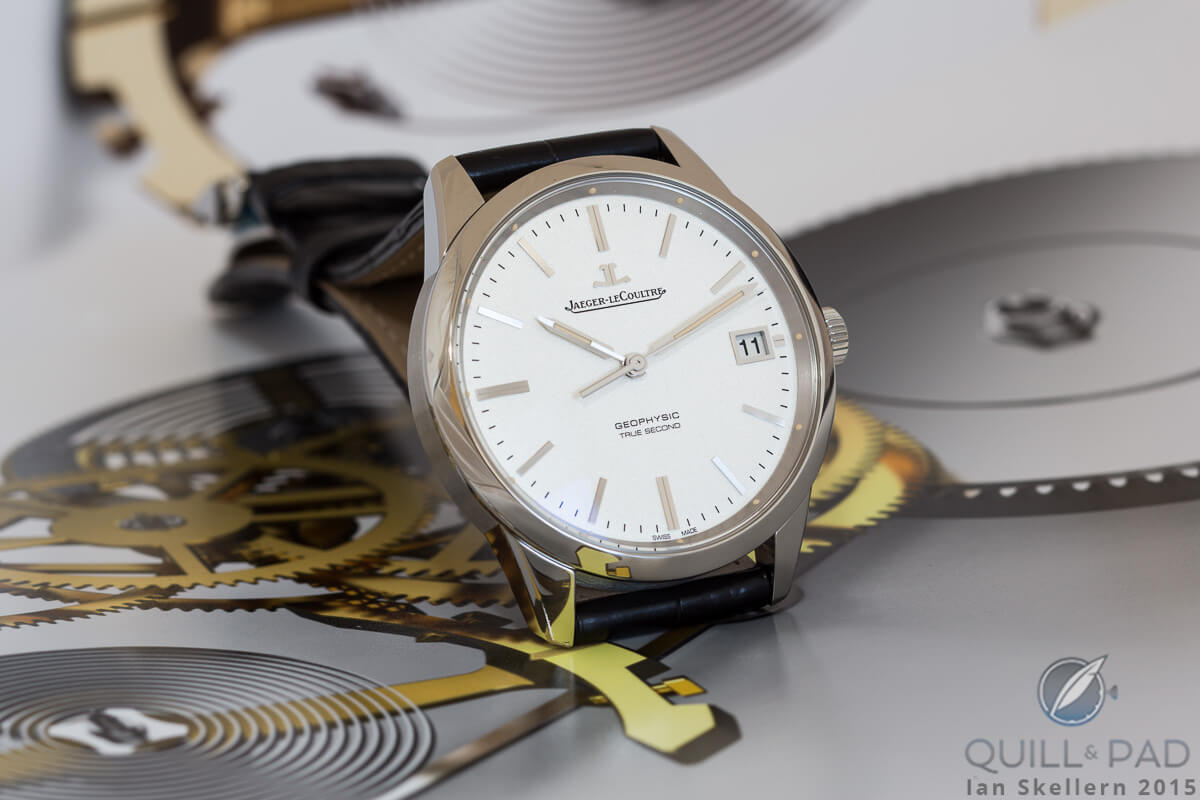

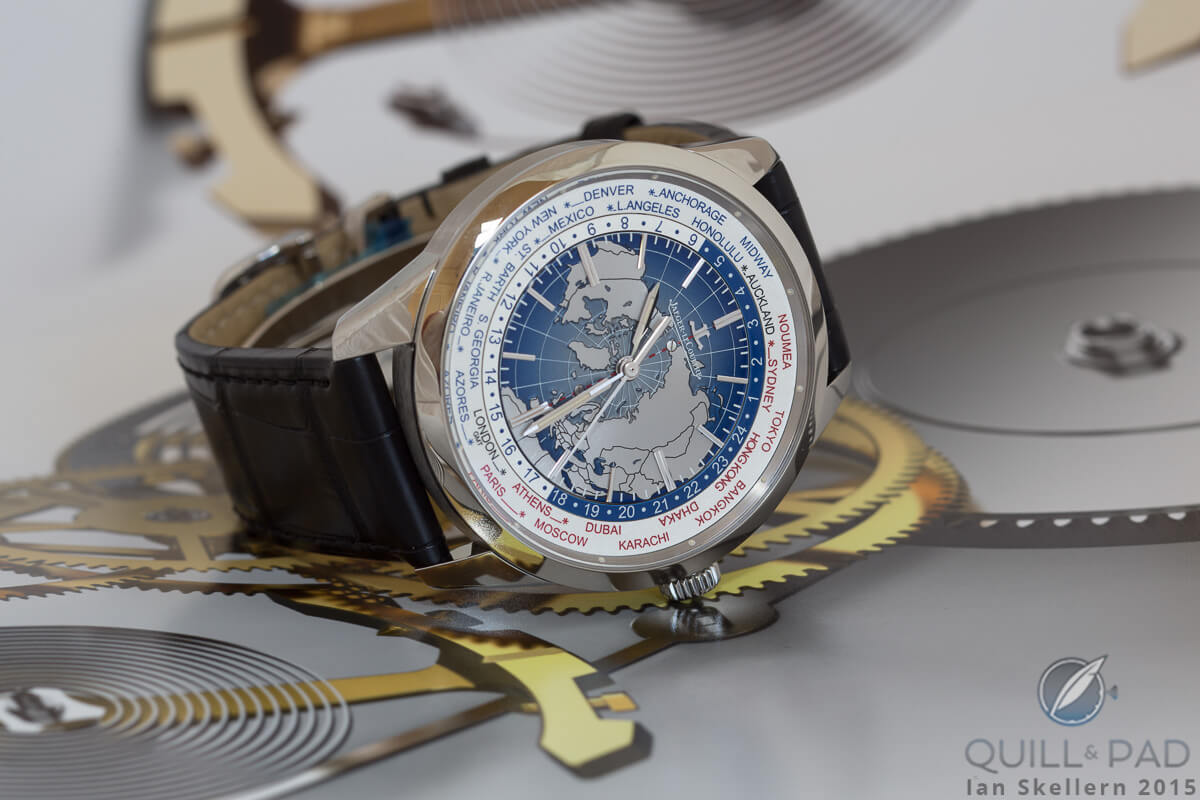
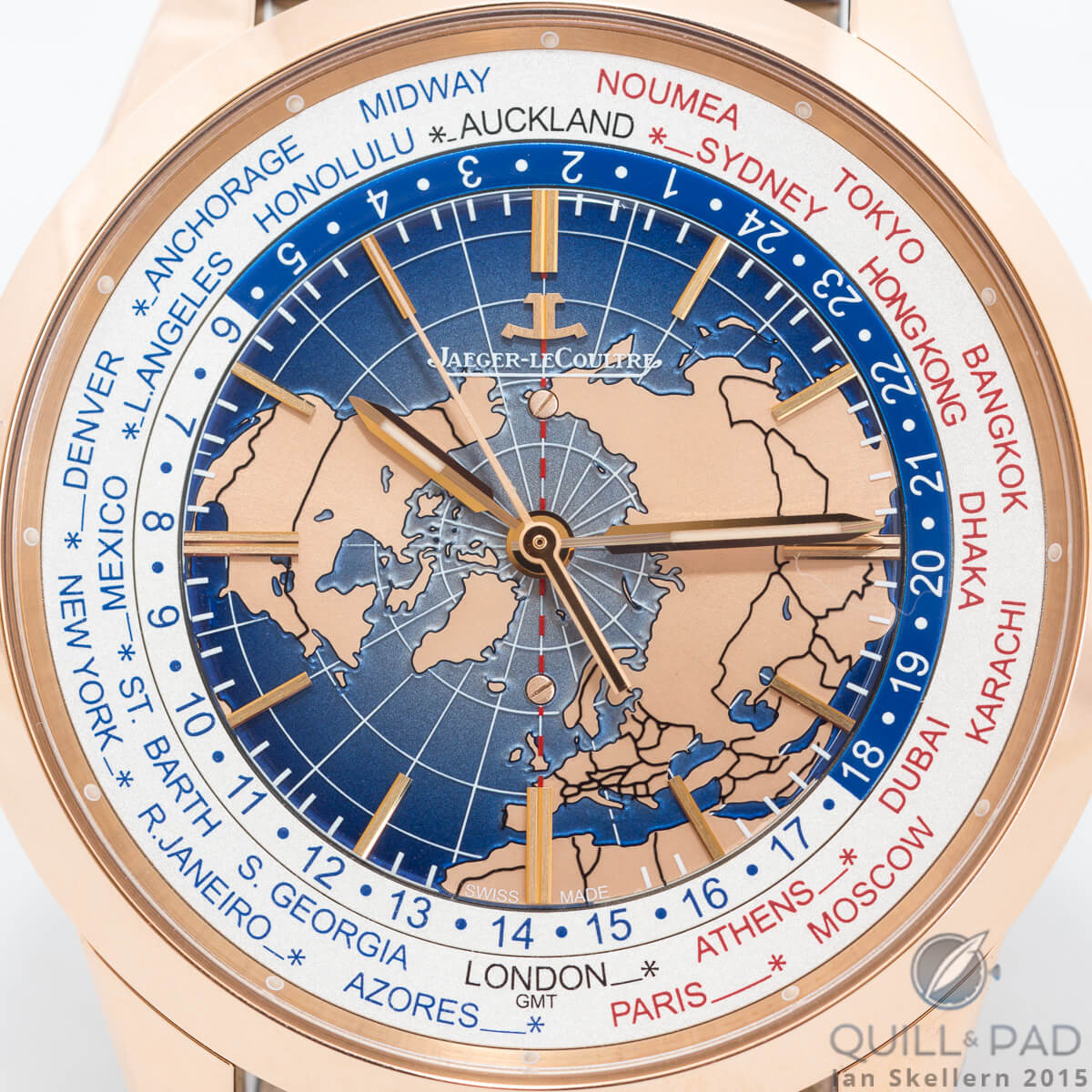
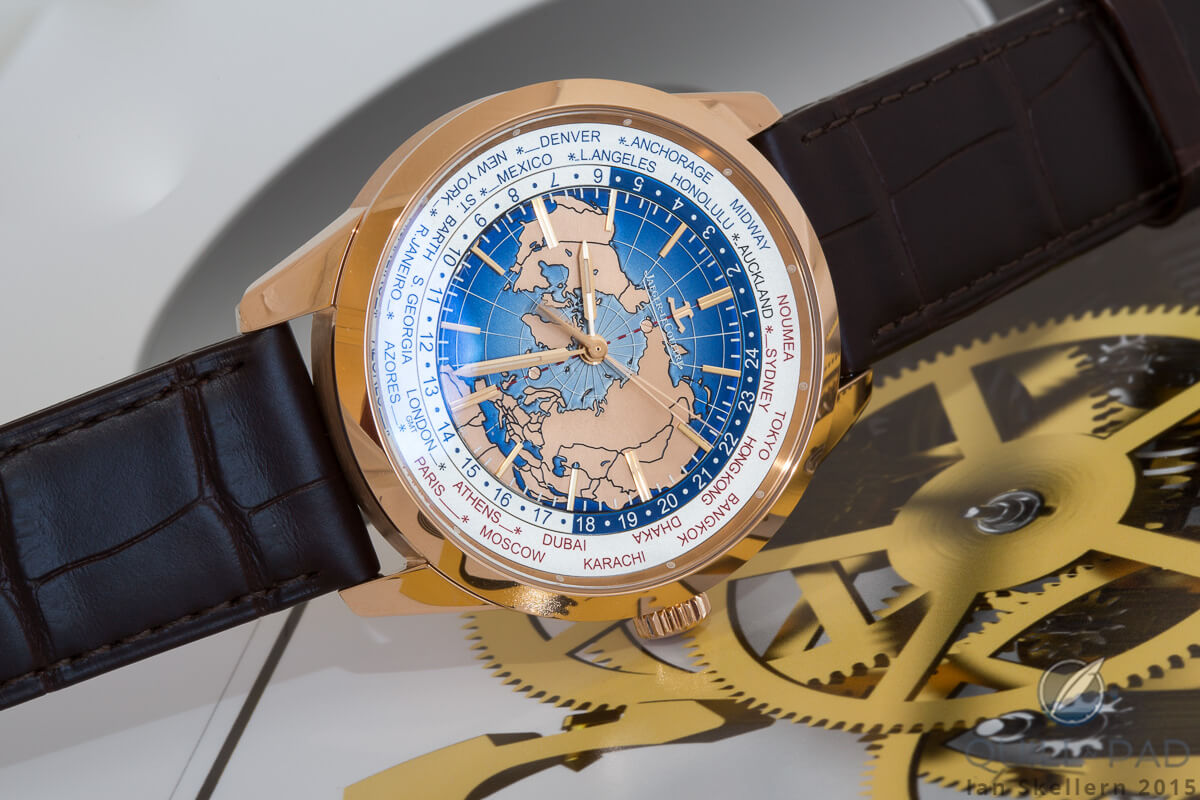
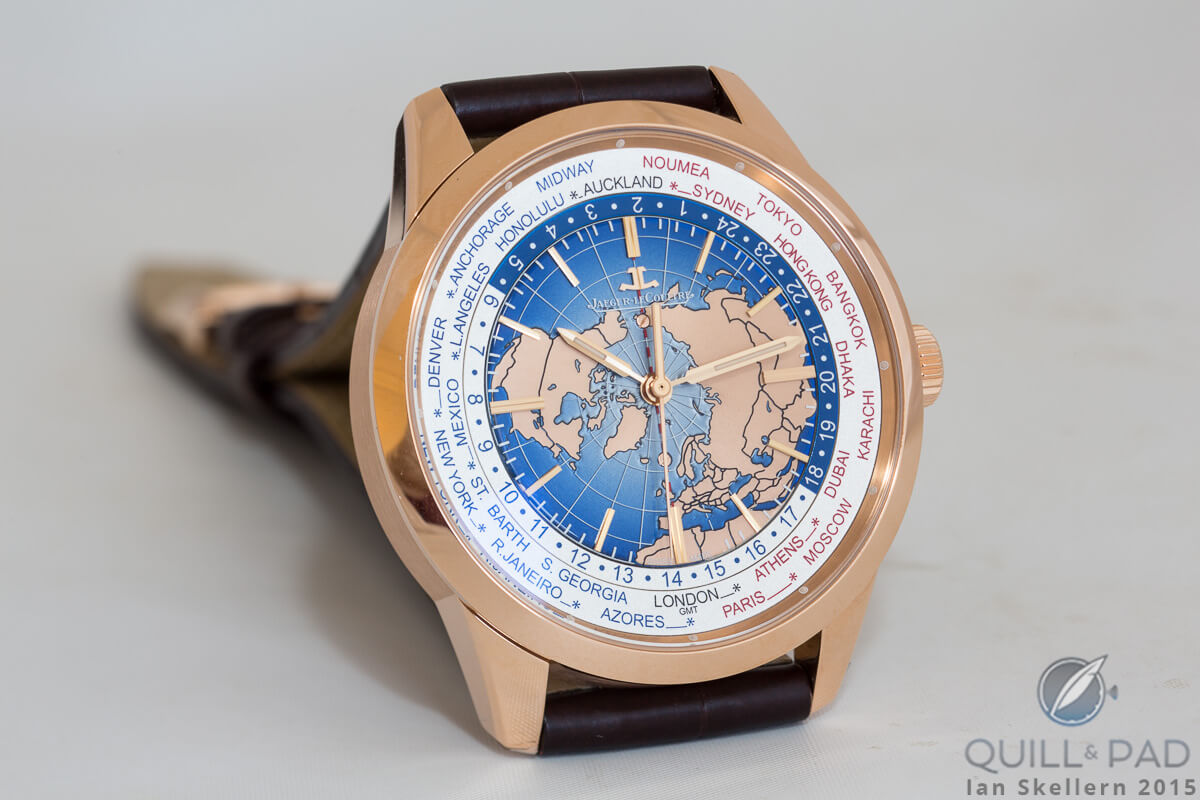

I have a brand new unworn geophysic 1958 in steel for sale. Purchased from ad ~2 years ago and have never worn.
Thanks for this review. Nice to see it on the second time round as I missed it the first time and now have the Universal Time (stainless steel variant). Such a fantastically beautiful watch with so much great technology!
Great article, I enjoyed the way you encouraged those reluctant to read the article, to actually investigate what you wrote…and you wrote it so well.
Thanks
Stan